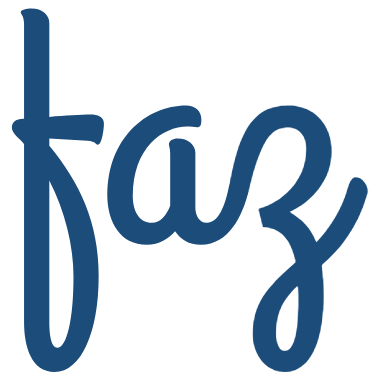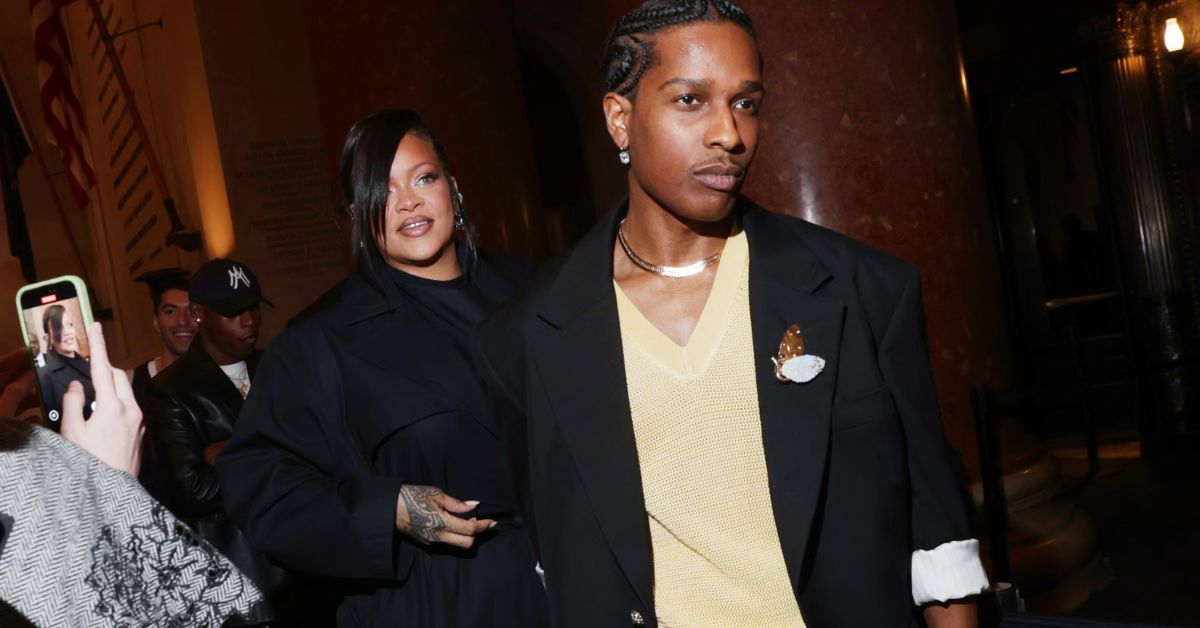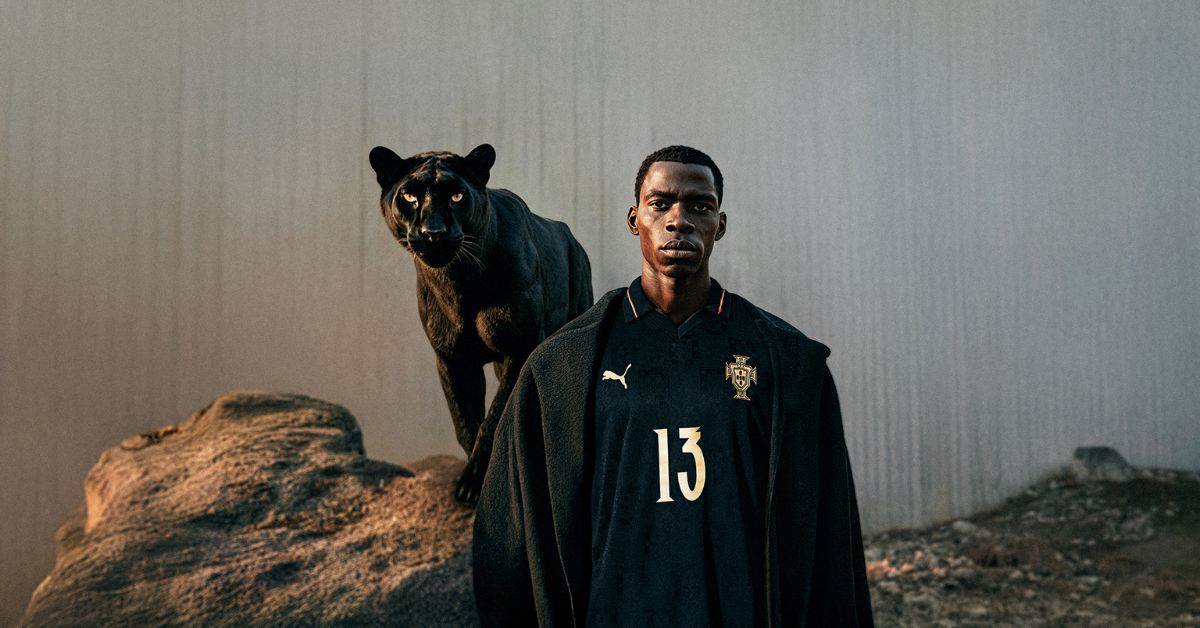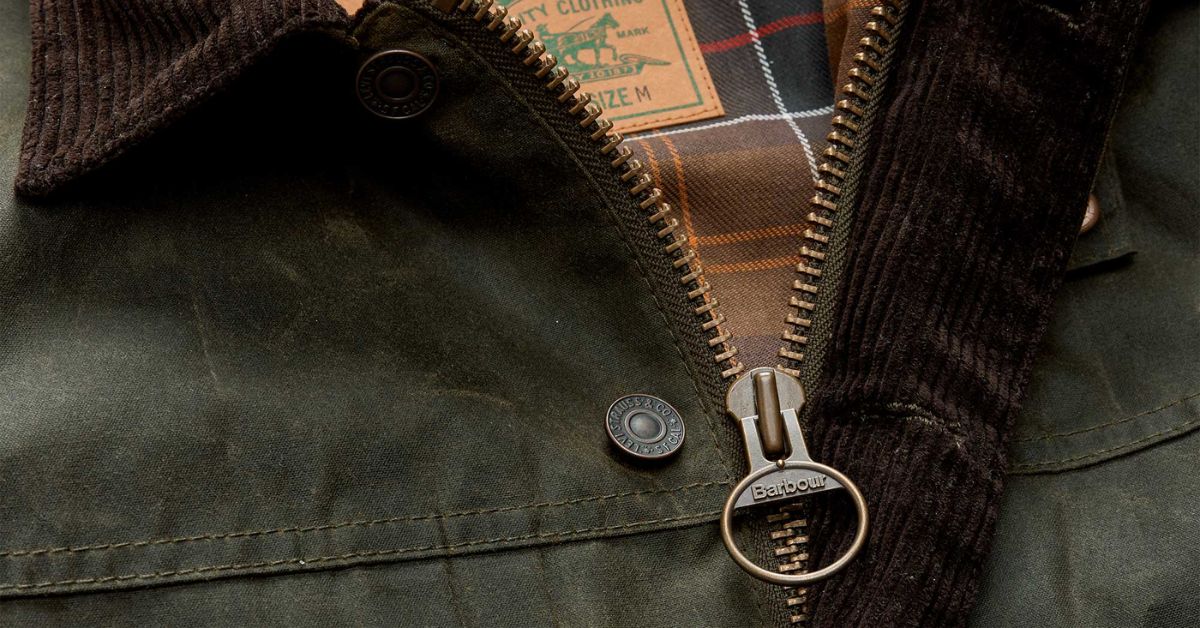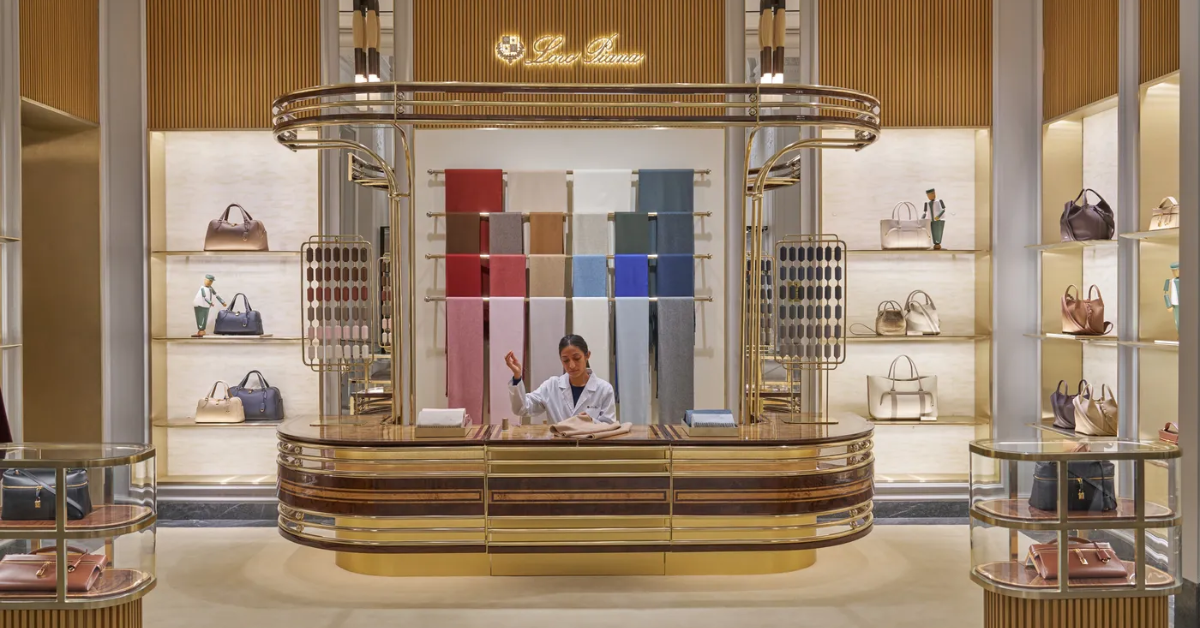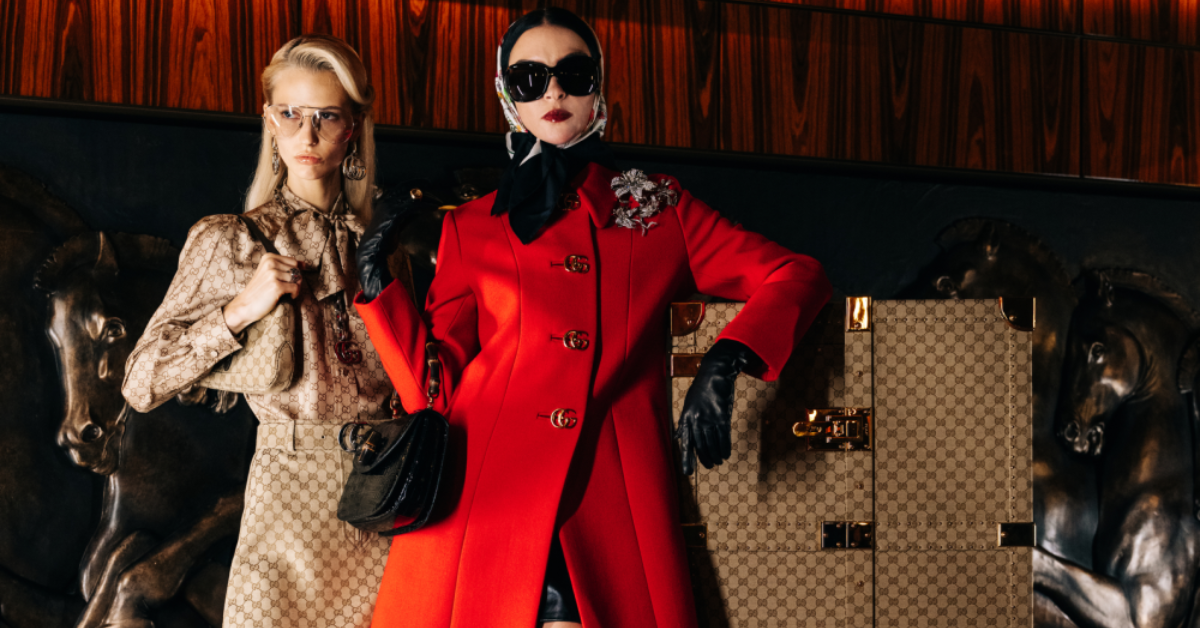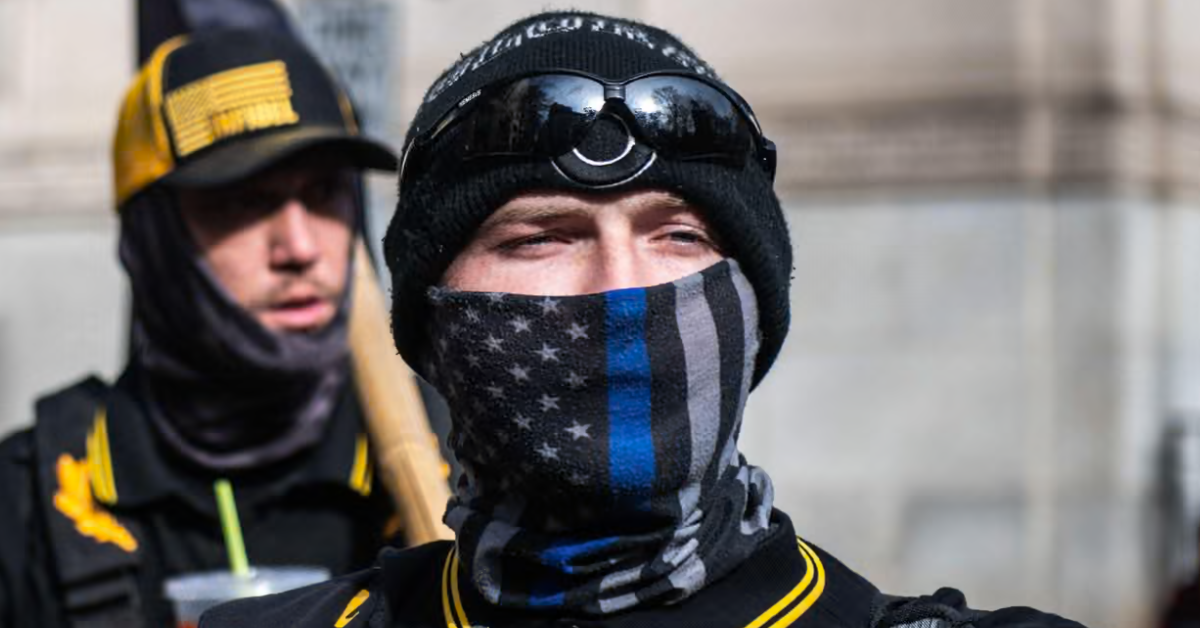Explore with AI & Follow Us
The fashion industry is a world of creativity, storytelling, and visual artistry. At the heart of this dynamic sphere lies the role of the Editorial Stylist. Often considered the architects of visual narratives in fashion, editorial stylists are responsible for crafting the stunning, aspirational looks we see in magazines, campaigns, and digital editorials. But what exactly does an editorial stylist do, and why are they so integral to the industry? Let’s dive deep into this fascinating fashion term.
Defining an Editorial Stylist
An Editorial Stylist is a professional who curates clothing, accessories, and overall looks for editorial shoots, including magazine spreads, advertising campaigns, and digital content. Unlike personal stylists who cater to individual clients, editorial stylists focus on creating visually compelling stories that align with a specific theme, concept, or brand identity.
Editorial stylists work closely with photographers, creative directors, makeup artists, and models to bring a cohesive vision to life. Their work often sets the tone for seasonal trends, influences consumer behavior, and showcases the creative possibilities of fashion.
The Role of an Editorial Stylist
The responsibilities of an editorial stylist extend far beyond selecting outfits. Their work involves various aspects of creative direction and collaboration, including:
- Concept Development: Collaborating with editorial teams and creative directors to brainstorm and develop the overarching theme or concept for the shoot.
- Trend Research: Staying updated with the latest fashion trends, designers, and collections to ensure the styling is fresh and relevant.
- Wardrobe Curation: Sourcing clothing, accessories, and props from designers, showrooms, and retailers to fit the shoot's vision.
- On-Set Styling: Ensuring the garments fit perfectly, making adjustments as needed, and adapting to changes or challenges during the shoot.
- Visual Storytelling: Creating a narrative through fashion that evokes emotion, tells a story, or conveys a brand's identity.
Ultimately, editorial stylists are storytellers, using garments and accessories as their medium. Their work is essential for defining the visual language of fashion editorials.
Key Skills of an Editorial Stylist
To thrive in the competitive world of fashion, an editorial stylist must possess a unique combination of skills and attributes. These include:
- Creativity: The ability to think outside the box and conceptualize innovative looks that captivate audiences.
- Attention to Detail: Ensuring every aspect of the styling, from fabric textures to accessory pairings, enhances the overall aesthetic.
- Excellent Communication: Collaborating with a diverse team of creatives requires clear and effective communication skills.
- Problem-Solving: Adapting to last-minute changes, such as wardrobe malfunctions or unexpected weather conditions, with poise and ingenuity.
- Industry Knowledge: A deep understanding of designers, fashion history, and current trends to create contextually relevant work.
These skills, combined with a passion for fashion and storytelling, are what set great editorial stylists apart.
Where Do Editorial Stylists Work?
Editorial stylists work in various settings, depending on the scope and scale of the project. Common workplaces include:
- Fashion Magazines: Styling for photo spreads, cover stories, and feature articles in publications like Vogue, Harper’s Bazaar, or Elle.
- Advertising Campaigns: Collaborating with brands to style promotional materials for product launches or seasonal campaigns.
- Runway Shows: While primarily a domain of runway stylists, editorial stylists may contribute to pre-show marketing materials and lookbook shoots.
- Digital Media: Styling for social media campaigns, e-commerce platforms, and online editorials is becoming increasingly common in today’s digital-first world.
The versatility of an editorial stylist allows them to work across a wide range of platforms, making their role indispensable in the fashion industry.
How to Become an Editorial Stylist
Breaking into the world of editorial styling requires a combination of education, experience, and networking. Here are some steps to consider:
- Study Fashion: Pursue a degree or certification in fashion design, styling, or a related field to build foundational knowledge.
- Build a Portfolio: Collaborate with photographers and models to create a portfolio that showcases your styling abilities.
- Gain Experience: Intern or assist established stylists to learn the nuances of the industry and build connections.
- Stay Inspired: Follow fashion trends, attend runway shows, and immerse yourself in the creative world to stay ahead.
- Network: Build relationships with designers, photographers, and editors to expand your opportunities.
While the journey can be challenging, the rewards of working as an editorial stylist—bringing creative visions to life and influencing the fashion landscape—are truly unparalleled.
FAQs About Editorial Stylists
-
Q: What is the main difference between an editorial stylist and a personal stylist?
A: An editorial stylist focuses on creating styled looks for photo shoots, campaigns, and media, while a personal stylist works with individual clients to enhance their wardrobe and personal style. -
Q: Do editorial stylists design the clothing they use?
A: No, editorial stylists do not typically design clothing. Instead, they source garments from designers, brands, and showrooms to curate looks for editorial purposes. -
Q: Can editorial stylists work freelance?
A: Yes, many editorial stylists work as freelancers, collaborating with different brands, magazines, and photographers on a project-by-project basis. -
Q: How much does an editorial stylist earn?
A: Earnings vary widely depending on experience, reputation, and project scope. Entry-level stylists may earn modestly, while top-tier professionals can command significant fees. -
Q: What tools or resources do editorial stylists use?
A: Stylists rely on mood boards, trend forecasts, fashion show coverage, designer lookbooks, and styling kits (including pins, tape, and clips) to execute their work effectively.
Explore with AI & Follow Us
